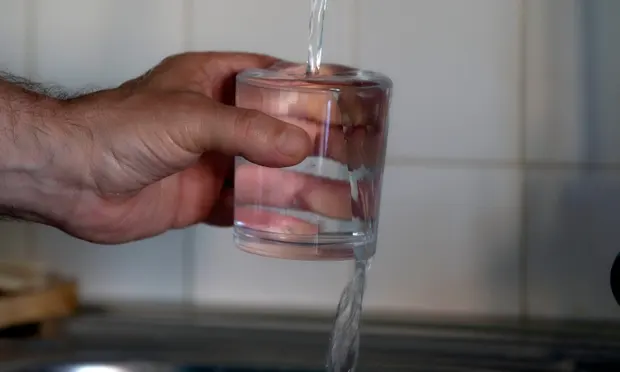The Environmental Protection Agency has stepped up its focus on a group of chemicals known as PFAS, which are found in drinking water and many common products – but the tests the EPA is using to assess drinking water are likely missing significant levels of the pollutant, reporter Tom Perkins found for an investigation in the Guardian supported by the Fund. Perkins worked with scientists to test water in nine communities in the U.S. using two types of tests: an EPA-developed method that detects just 30 types of the approximately 9,000 PFAS compounds, and another that checks for all the compounds. Perkins reported that seven of the nine samples showed higher levels of PFAS in water using the test that identifies markers for all PFAS compounds, than levels found when the water was tested using the EPA method – and at concentrations as much as 24 times greater. The undercount leaves regulators with an incomplete picture of the extent of contamination and shows that millions of people may be facing an unknown health risk in their drinking water.
Grantee investigation finds than U.S. drinking water may have higher levels of hazardous chemicals than EPA testing shows




